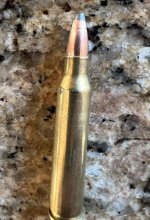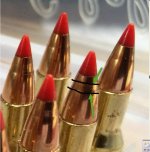Reloading die manufacturers frequently offer a variety of seating stems for different bullet types and profiles. Retailers may have a variety on hand, or you can contact the die manufacturer.
Probably most commonly seen in handgun calibers (my RCBS die set for .38/.357 has grown to 5 seating stems for wadcutters, SWC, RN, JHP, etc). Same in .44/.44Mag and several others.
I also have a selection of seating stems for .30 caliber rifles, in which I shoot a wide variety of cast and jacketed bullets. The stems are frequently interchangeable among several different dies, not much more than a cup-shaped stud on a threaded shaft with a locking nut.
Another possibility can be found with the Lyman M-die case neck expander unit. These allow very precise expansion of the case neck with a second step to flare the case mouth opening to start the bullets more easily. I started using these decades ago, first for cast bullets, then switching over for jacketed as well because of the precision possible and far less strain on the case mouths than dragging over the expander ball commonly used in factory die sets. Many of my die sets have the expander ball removed completely and I do the neck expansion as a separate operation. This takes a little more time, but I have a batch of .30-06 brass (FA-35) that I have reloaded over 50 times now.


